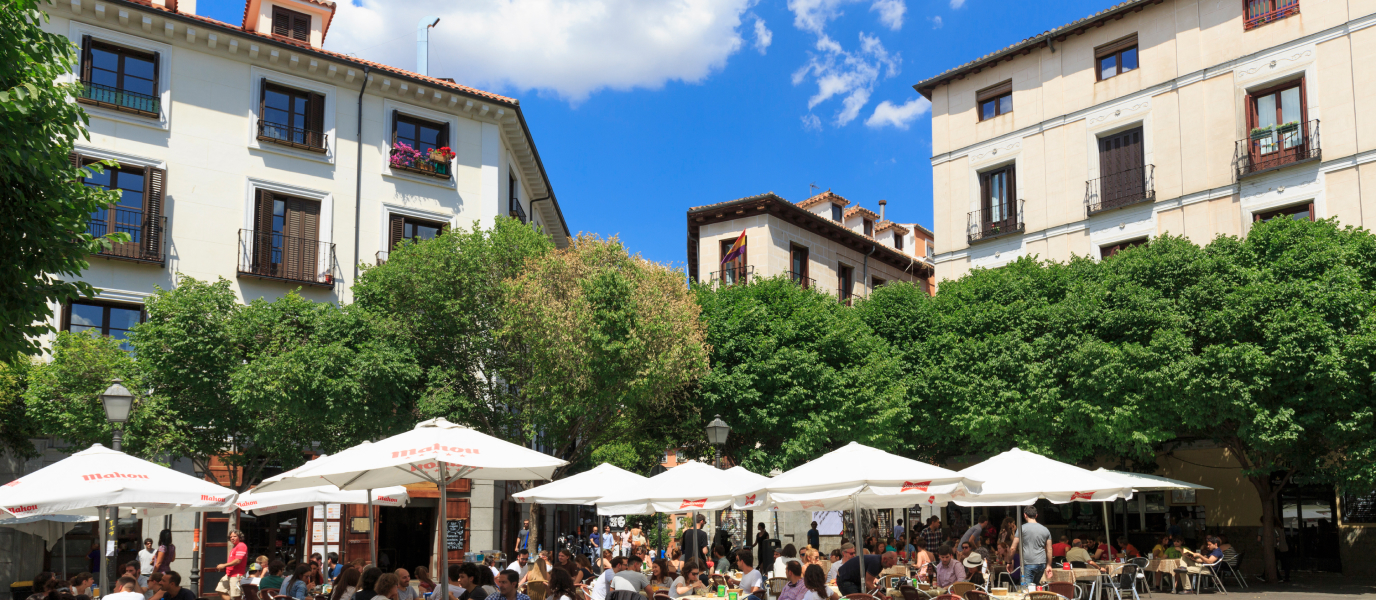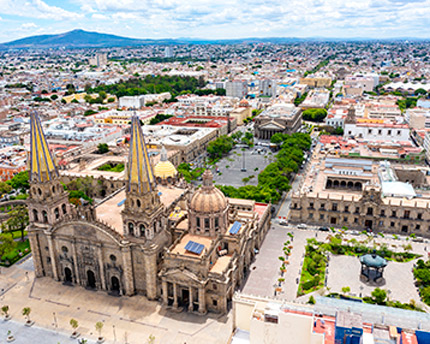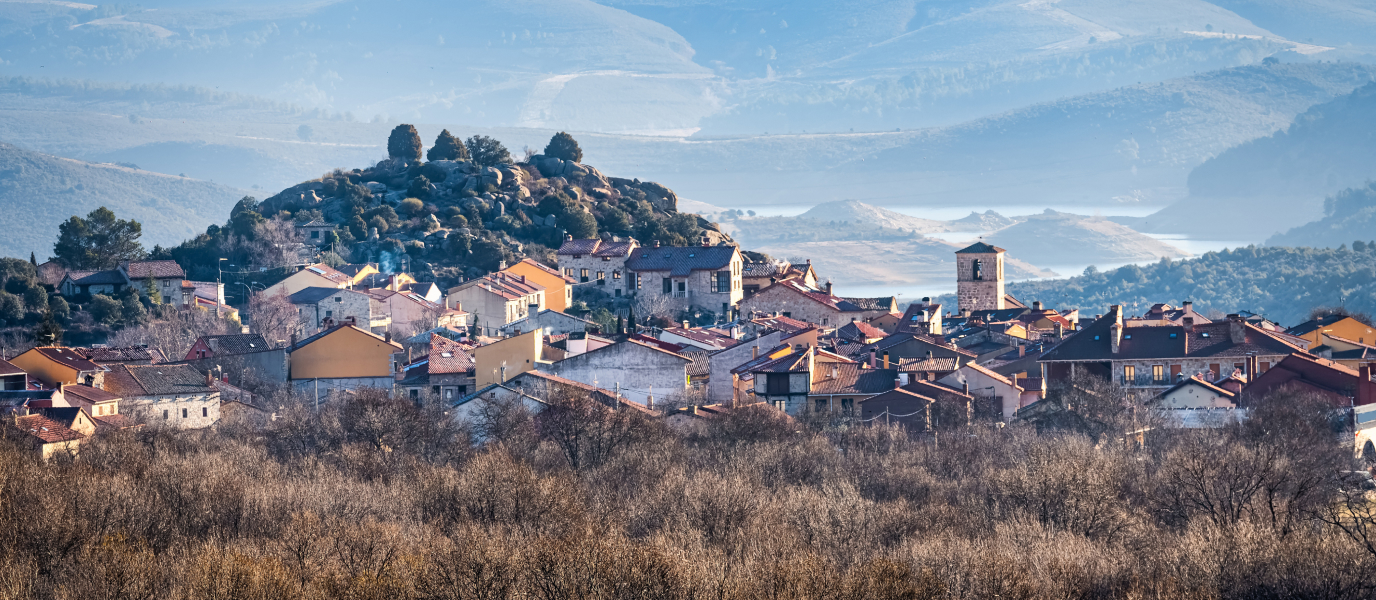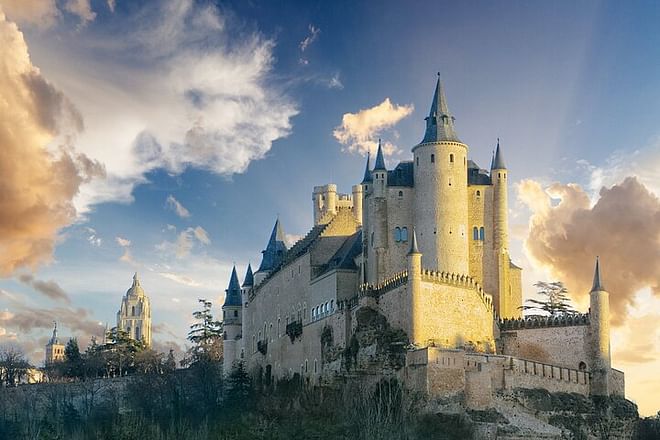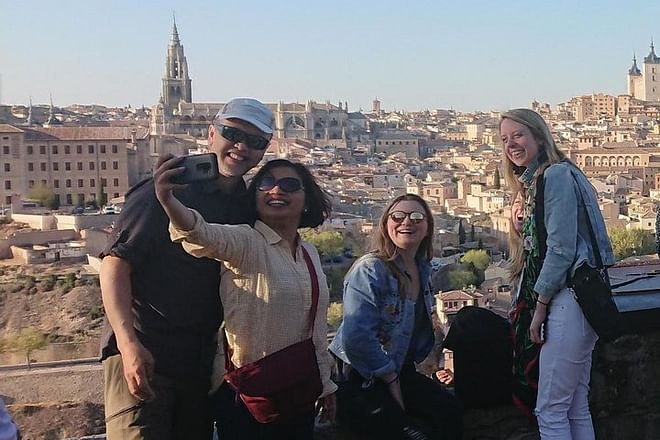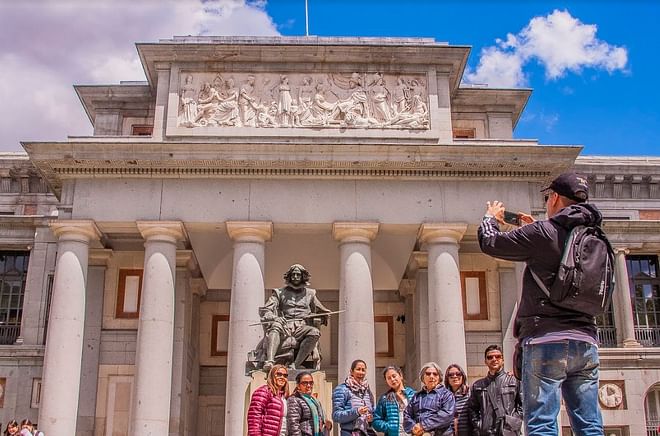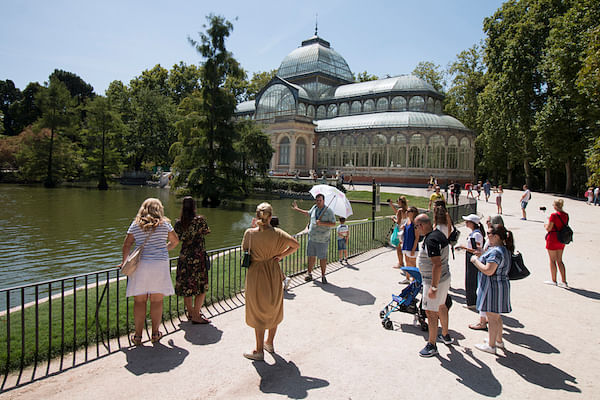Situated in the heart of Madrid, bordered by the streets of Gran Vía, Fuencarral, San Bernardo and Carranza, Malasaña is a district with bags of character that has reinvented itself without losing its authentic spirit. Malasaña is the place to go for tapas, for discovering alternative shops, starting a night out or having a beer in the sunshine on one of its sublime terraces. Are you up for checking it out?
Exploring the Malasaña neighbourhood
Wedged in between the districts of Chueca and Conde Duque and bordered to the south by Gran Vía, Malasaña is an explosion of life right in the middle of the capital.
Its name, designated in the 1980s (it had previously been known as Las Maravillas), pays tribute to Manuela Malasaña, an embroiderer who died at the age of 17 during the events that occurred as part of the popular uprising against the French on 2 May 1808. Some historians indicate that Manuela Malasaña joined the defence in Parque de Artillería de Monteleón, situated at the time on the site of the current Plaza del Dos de Mayo, where the door of the said barracks still stands—it is the only feature of the building that has been preserved—in addition to the sculpture of Antonio Solá, which honours Daoíz and Velarde, the two officials who led the people during the revolt.
Plaza del Dos de Mayo is one of the focal points of the neighbourhood and, as such, it is frequented by locals and visitors of all ages. It also hosts alternative markets such as Malamarket, made up of illustrators, artisans and stalls selling second-hand items.
Another of the neighbourhood’s key addresses is Calle del Pez, which was an important street for commercial activity until Gran Vía imposed its dominance. Today, however, it is still one of the most buzzing places in Malasaña and it even boasts its own local celebrations, which take place around 13 June on the Feast of Saint Anthony and spread onto adjoining streets.
What to see in Malasaña
Alternative shops in Malasaña
If you’re looking for shops that are a little more out of the ordinary, you’re in the right place. Here you will find vintage shops, such as Retro City (Corredera Alta de San Pablo, 6); establishments for fans of pop culture, such as Popland (Manuela Malasaña, 24); and even shops in which the clothes are sold by weight. Don’t believe us? Well then pay a visit to Flamingo Vintage Kilo, at number 1 Calle Espíritu Santo. Hipsters will also love Malasaña, thanks to its barbers offering old-school-style shaves with hot towels included. We are of course referring the “sophisticated haircuts and shaving” available at Malayerba (Plaza del Dos de Mayo, 3). This short trip around some of the most unique shops in Malasaña is rounded off with Viva Bicicletas (Plaza del Dos de Mayo, 6), a shop that, although at first glance appears to be a conventional bike repair workshop, is actually a hub for bike enthusiasts, as it organises talks and group outings.
Malasaña’s graffiti
As soon as you set foot in the neighbourhood you’ll notice the graffiti emblazoned across practically any urban element—shutters, walls, bins, the list goes on. However, it’s no wonder, as Malasaña is a breeding ground of artists with an increasing number of galleries and cultural associations popping up on its streets. What’s more, graffiti is fostered in the neighbourhood to the point that it boasts its own event: Pinta Malasaña.
Malasaña’s many theatres
The district is home to classics, such as the Lara, Maravillas and Luchana theatres, as well as more innovative options, such as the Microteatro, a space which puts on 15-minute performances for 15 spectators.
Where to eat in Malasaña
Restaurants in Malasaña
Places to eat in the neighbourhood include a range of tasty alternative options, especially for vegetarians. You’ll find artisan pizzas that are slightly easier on the digestive system at Pizzi & Dixie (San Vicente Ferrer, 16), in addition to flavoursome specialities such as vegetable ceviche with mango, avocado and shitake mushrooms. If you’re in to original—and spiritual—experiences, try the daily vegetarian set menu on offer at the Hare Krishna Association of Madrid (Espíritu Santo, 19), where you can get healthy dishes in exchange for a donation. Another highlight is the popular restaurant María Castaña (Corredera Baja de San Pablo, 12), an establishment that pays close attention to its aesthetics and serves delicious tapas such as ham and pumpkin croquettes. Finally, Carmencita Bar (San Vicente Ferrer, 51) is the perfect place for treating yourself to brunch, as well as offering set menus with hamburgers or salads.
Tapas in Malasaña
If you’d rather go for tapas in Malasaña, head for one of the terraces on Plaza de Juan Pujol or those on the aforementioned Plaza del Dos de Mayo. They’re just 200 metres away from each other and, weather permitting, you’ll be right at home, so much so that it’s often hard to find a table. Why not also have a wander and stop off at some bars such as Taberna La Lirio (Espíritu Santo, 30), which serves homemade Andalusian tapas, or Madrid Madrid (Fuencarral, 85), famous for its huevos rotos (a dish of fried eggs and potatoes) made with free-range eggs and ham.
Going out for drinks in Malasaña
Fancy a drink after dinner? Well, you’re in the right place as Malasaña is also famous for its nightlife. This is no coincidence, as it is the home of the most important counterculture movement in Spain’s history: the Movida Madrileña. In fact, you can still visit some of its most legendary hangouts, such as El Penta (Calle de la Palma, 4) and Tupper Ware (Corredera Alta de San Pablo, 26). However, there are establishments for all tastes, so those who prefer a more sophisticated atmosphere can drop by 1862 Dry Bar (Calle del Pez, 27) while more alternative folk can opt for Kikeller (Corredera Alta de San Pablo, 17), an unusual combination of an interior design shop, art gallery and bar.
Anything can happen in Malasaña. Discover it for yourself!




































































